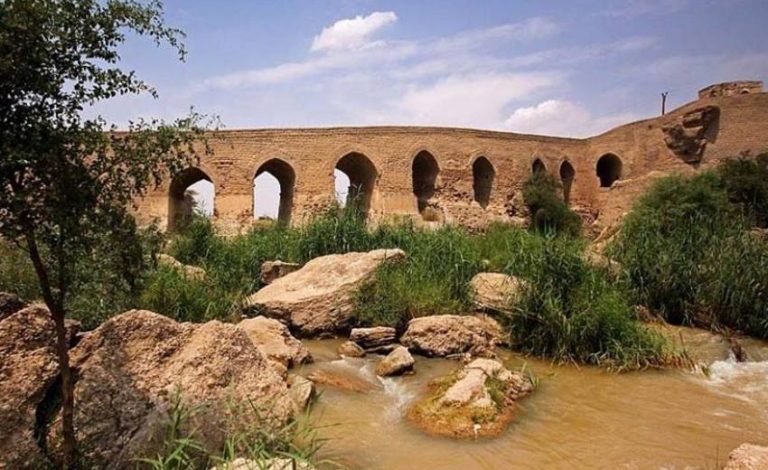
Cities of Al-Ahwaz… Shushtar, the Jewel of World Heritage
Shushtar is one of the iconic cities of the Arab state of Al-Ahwaz. Blessed with a rich history and civilization, it is often referred to as the “city of world heritage”. It is home to 14 World Heritage sites, including the renowned historical water canals of Shushtar.
Location of Shushtar:
Shushtar spans an area of 2436 km², situated between 48°35′ and 49°12′ east longitude and 31°36′ and 32°26′ north latitude.
Its population is around 139,000 inhabitants (as per the 2015 census). It’s the fourth most populous city in Al-Ahwaz, following the capital Al-Ahwaz, Al-Qunaytirah, and Abadan. Geographically, it is bordered by the final slopes of the Zagros Mountains to the east. Its average altitude is 150 meters above sea level.
Shushtar is divided into three regions by different branches of the Karun River: the old district, the newer areas to the northwest, and the most recent northwest neighborhoods of the city.
It boasts a scenic landscape with the ending slopes of the Zagros Mountains to the east, and the Dez River forming its western boundary.
History of Shushtar:
Hashim bin Hakim, nicknamed Al-Muqanna’ Al-Khorasani, said: “The first city built after Noah’s flood was Shushtar”. Some historians describe Shushtar as having a plain with a temperate climate, a plentiful river, and dense forests. The relics and distinctive architecture of Shushtar attest to the grand era of this ancient city. Although the exact date of its construction remains unknown, some believe the city existed about 10,000 years ago. However, the building of the first hydraulic structures undoubtedly dates back to the Achaemenid period.
The city holds historical remnants from the Elamite civilization, traces from the Achaemenid era, and is also proud to house the tomb of the prophet Daniel (peace be upon him). It enjoys international fame and attracts tourists from all over the world.
Shushtar alone has 14 sites listed on UNESCO’s World Heritage list.
Water Canals in Shushtar:
What distinguishes this city is the presence of a magnificent and generous river winding through it. This elegant river is a branch of the Karoun River, called Gargar. According to some historical sources, this branch of the Karoun is man-made.
Shushtar is renowned for its ancient hydraulic system, an irrigation mechanism based on the Karoun River, listed as a World Heritage site since 2009. It is an artistic masterpiece and a technical feat. Its construction and efficiency bear witness to the talent and precision of the people who mastered the water and used its power to promote industry by employing science, technology, and engineering. This system includes bridges, dams, mills, waterfalls, tunnels, and canals.
The whole seems like something straight out of legend or a fantasy work, but in reality, it’s even more astonishing. What you see in these images is an irrigation system built by humans over 3,000 years ago! It consists of dams, canals, tunnels, and water wheels. Some say parts of the system date back to the reign of Achaemenid Darius I.
Shushtar Dam:
The Shushtar dam is another component of the water canal network that sets this Ahwaz city apart. It was erected near the gate of Shushtar. This dam measures 124 meters long and 8 meters high. It was built on the Dariun river. One of the interesting features of this dam is its cooling system. It’s said that sometimes the temperature difference between the dam and the surrounding air reaches seven degrees Celsius.
Shushtar Fortress:
Due to its role in controlling the Dariun river, the Shushtar fortress is another of the city’s hydraulic structures. Like other historical fortresses, it was responsible for defending the city. It’s interesting to note that the Shushtar fortress was used for local governance from its construction in the Achaemenid era until the end of the 18th century.
The Great Mosque of Shushtar:
Among the city’s iconic sites, the Great Mosque of Shushtar is one of the oldest post-Islamic structures in Ahwaz. This mosque is estimated to be around 1,200 years old. It’s constructed of adobe and features various tiles and galleries.




